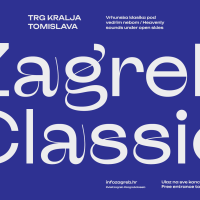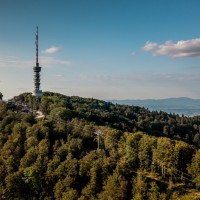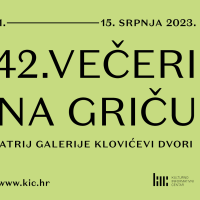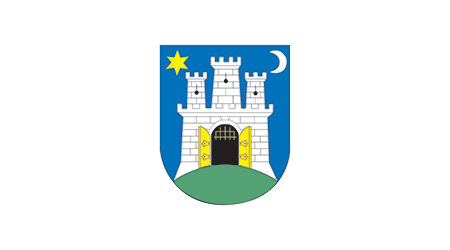Cultural wealth of Dalmatian Zagora
Until October 21st , visitors of the Klovićevi Dvori Gallery can familiarize themselves with the great and hitherto unknown cultural wealth of Dalmatian Zagora. Three thousand exhibits are on display at a unique exhibition named "The Dalmatian Zagora - an Unknown Land" which has involved the work of as many as seventy scientists.

Until October 21st , a representative exhibition named "Dalmatian Zagora - an Unknown Land" will be open at the Klovićevi Dvori Gallery. As many as three thousand artifacts are on display on the four floors of the museum space, revealing not only the wealth and cultural heritage of Dalmatian Zagora, which spans a long period of the area's human habitation, from the Prehistoric Era, throughout Antiquity and the Middle Ages, to contemporary artistic expression, but also demystifying the familiar phenomena of the region.
The Dalmatian Zagora region abounds in prehistoric findings, monuments from Antiquity and Early-Christianity, and a memorial heritage testifying to later periods. Dalmatian Zagora was the cradle of the first Croatian State, and the region has been well described and documented by writings in three different letters. Numerous writers, artists and musicians hail from the region, so a stroll through history reveals a rich cultural heritage that has sprung out from the seemingly bare and poor soil of Dalmatian Zagora.
Among the most interesting artifacts from the Prehistoric era are exhibits of the early Neolithic Impresso Ceramics (6,000 - 4,500 years B.C.); the items of Danilo culture named after the Danilo area near the city of Šibenik (4,500 - 3,900 B.C.); and exhibits of the Cetina culture from a somewhat younger era (2,500 - 1,500 B.C.). Among the exhibits testifying to the newer eras, the visitors will certainly be fascinated by a major find; a monumental, Penhtelic marble head of Heracles from the 2nd century, and the statue of Diana Lucifera, holding torches in her hands, and bearing a fragment of a young moon on her back. The Dalmatian Zagora region is also unique in the decoration of its basilicas, whose relief which feature motifs from the Old and New Testament represent a cultural phenomenon; by its ethnic heritage, as well as other numerous, however less known, yet interesting features. That is why this unique exhibition, whose organization involved the work of as many as seventy scientists, offers the visitors a possibility to get to know the great and hitherto unknown cultural heritage of the area of Dalmatian Zagora.
Published: 01.10.2007
 Hrvatski
Hrvatski English
English Deutsch
Deutsch Spanish
Spanish French
French Italian
Italian Russian
Russian Korean
Korean Japanese
Japanese Chinese
Chinese Until October 21st , a representative exhibition named "Dalmatian Zagora - an Unknown Land" will be open at the Klovićevi Dvori Gallery. As many as three thousand artifacts are on display on the four floors of the museum space, revealing not only the wealth and cultural heritage of Dalmatian Zagora, which spans a long period of the area's human habitation, from the Prehistoric Era, throughout Antiquity and the Middle Ages, to contemporary artistic expression, but also demystifying the familiar phenomena of the region.
Until October 21st , a representative exhibition named "Dalmatian Zagora - an Unknown Land" will be open at the Klovićevi Dvori Gallery. As many as three thousand artifacts are on display on the four floors of the museum space, revealing not only the wealth and cultural heritage of Dalmatian Zagora, which spans a long period of the area's human habitation, from the Prehistoric Era, throughout Antiquity and the Middle Ages, to contemporary artistic expression, but also demystifying the familiar phenomena of the region. 









